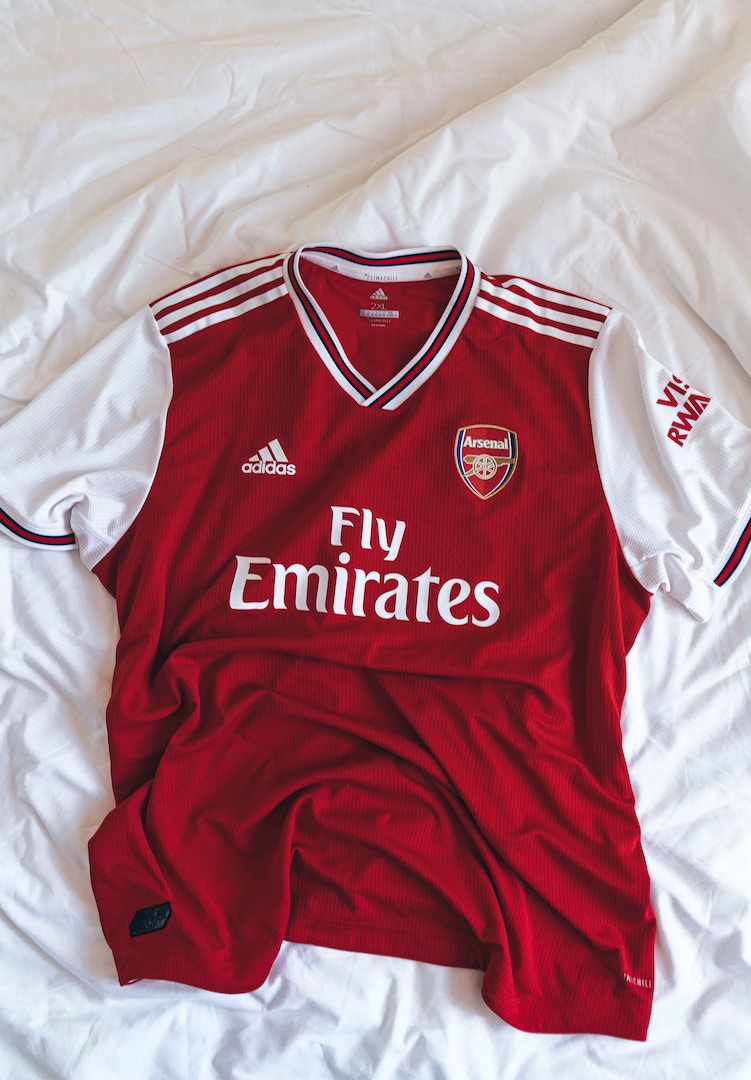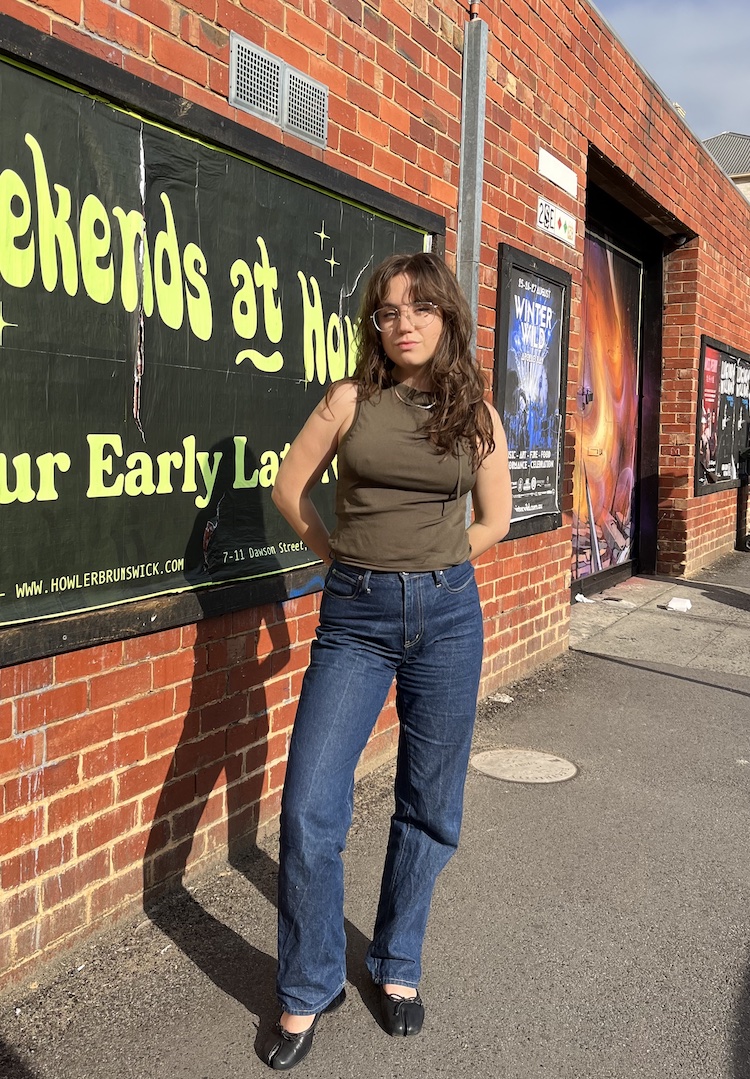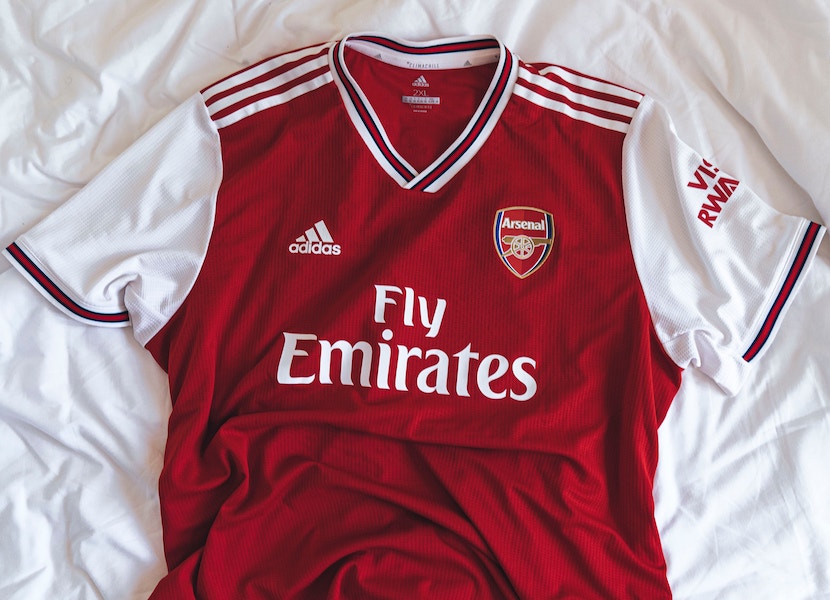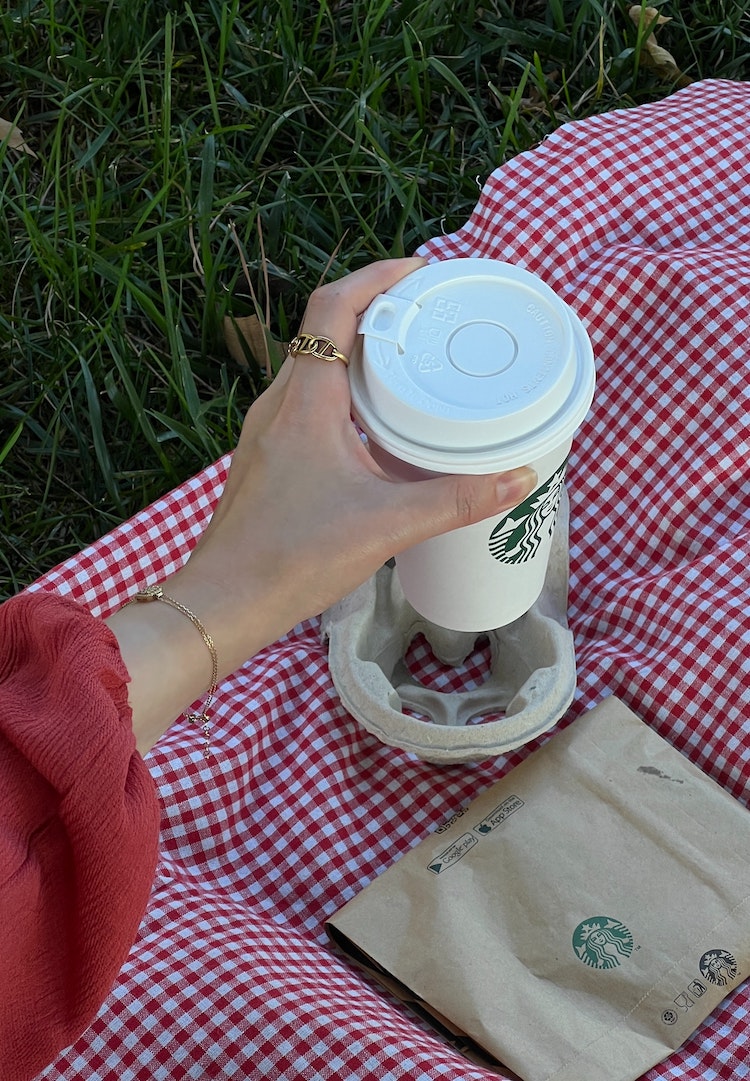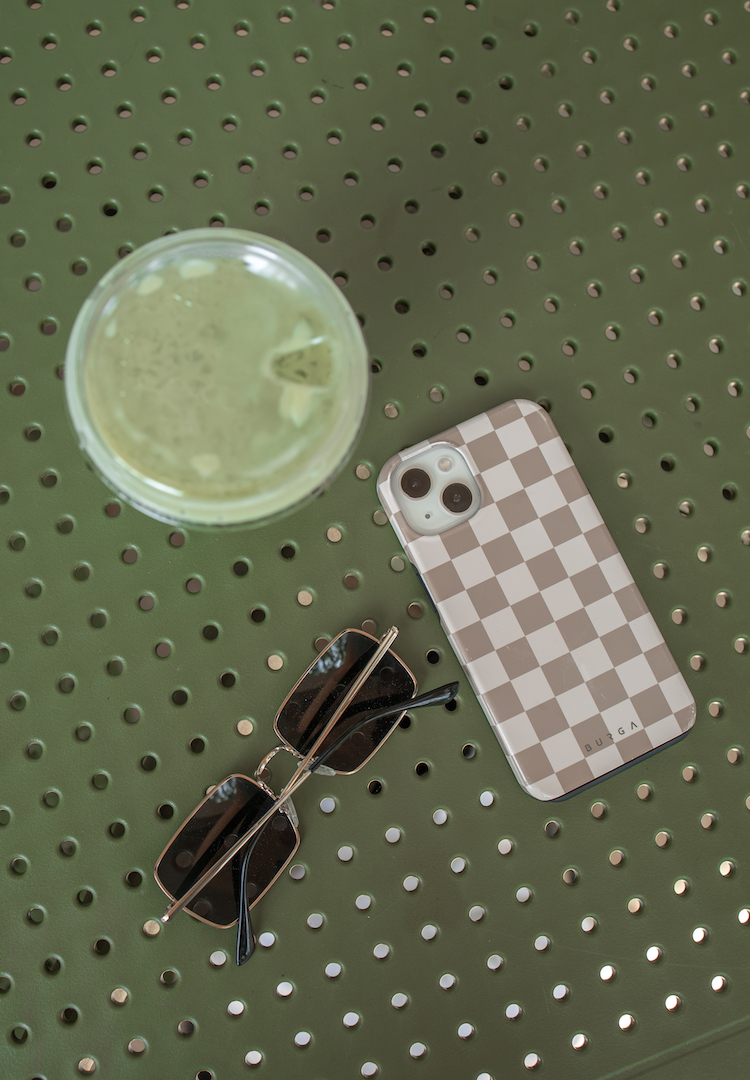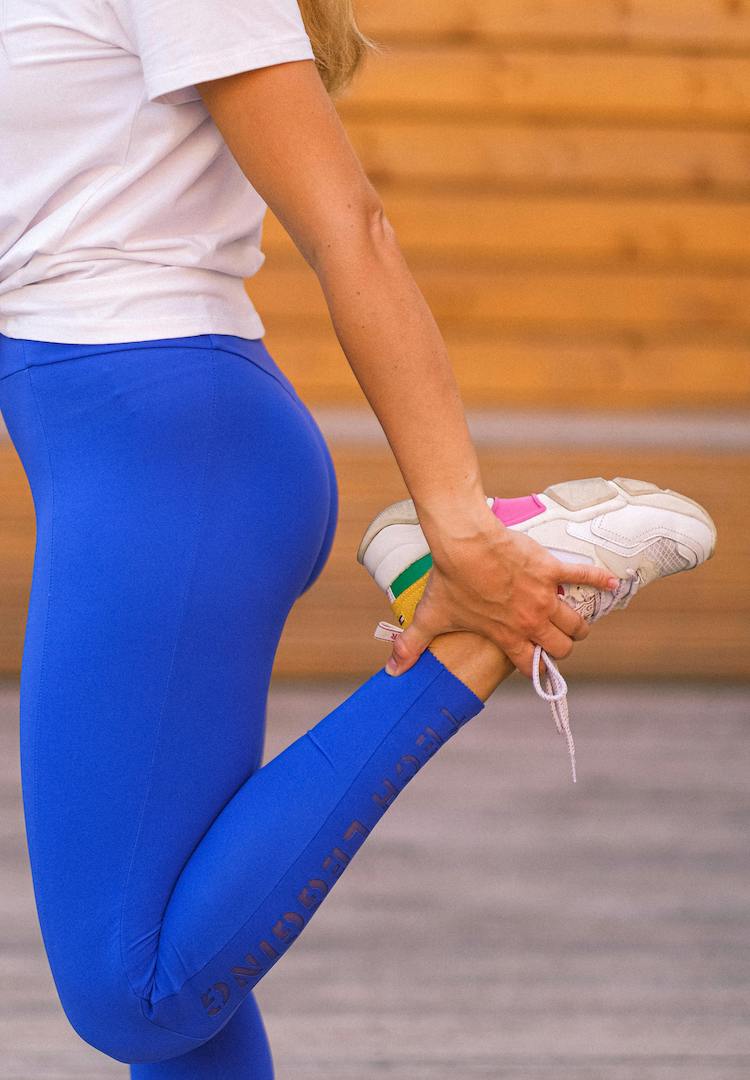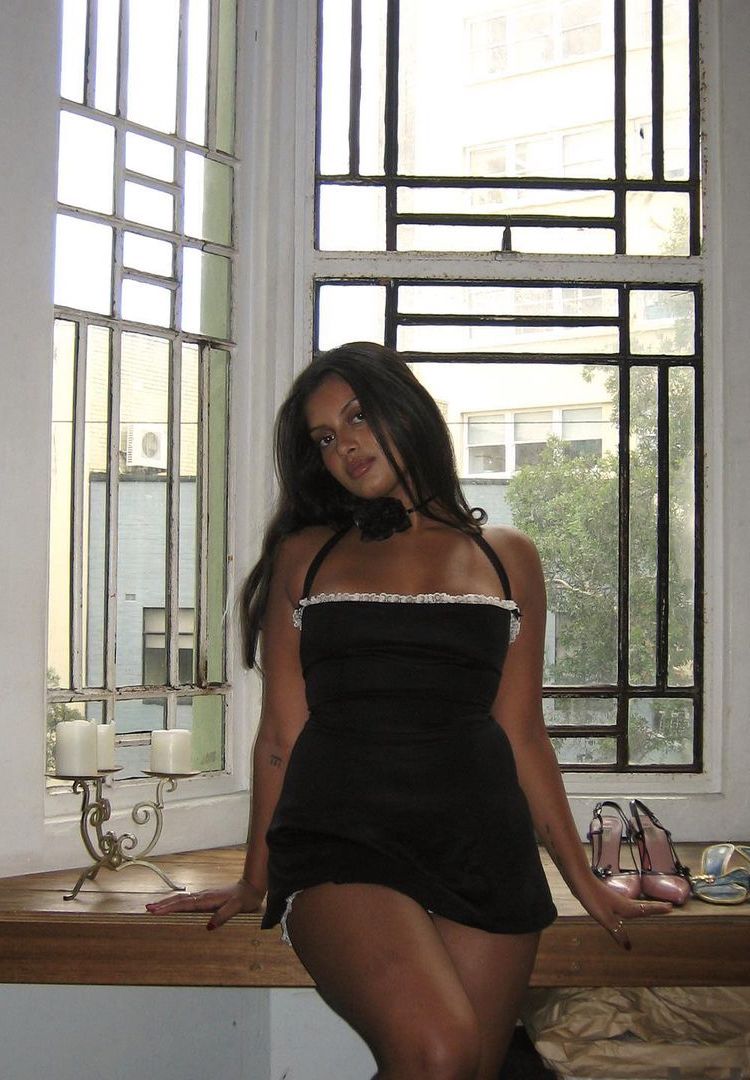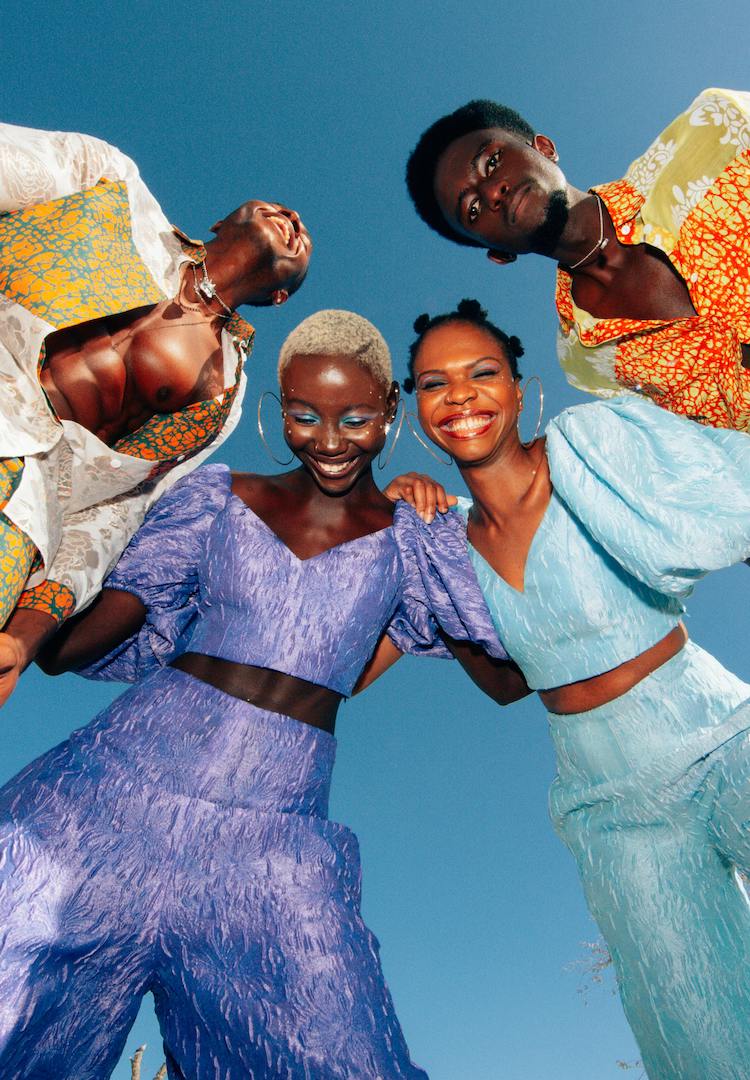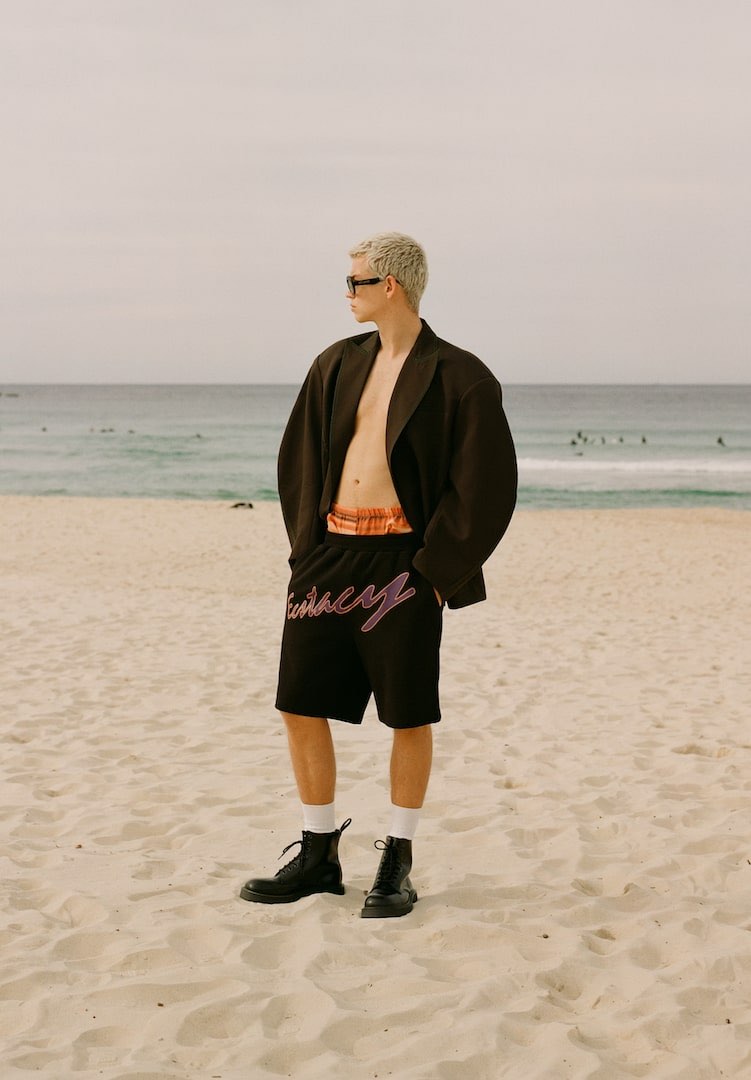What’s the deal with TikTok’s ‘blokette’ aesthetic?
WORDS BY ELLA KATZ
“Blokettecore feels like the sporty equivalent of women wearing Nirvana T-shirts.”
If you’re on TikTok, you’ll be no stranger to the ever-growing list of ‘cores’. ‘Balletcore’, ‘fairycore’, ‘gorpcore’ – there seems to be a new one every week. Regardless of whether you roll your eyes at these niche aesthetic subcultures or you can’t get enough of them, we can all agree that TikTok has created a space for young people to be adventurous with fashion and to find community around it.
The ‘blokette’ aesthetic is the online platform’s newest microtrend. It’s a bold mix between ‘blokecore’ (think oversized soccer jerseys, zip-up vintage sport jackets and Adidas Sambas) and coquette style (mini skirts, knee-high socks and hair ribbons). Coined by fashion commentary podcast Nymphet Alumni in late 2022, it’s been popularised by fashion figures like Bella Hadid and Ruby Lyn, but you can find iterations of it in almost every corner of youth culture if you look hard enough.
For more style suggestions, head to our Fashion vertical.
Blokecore models itself off an imagined and simplified version of English ‘bloke’ culture. Essentially, it’s the aesthetic accumulated among English lads who watch sports and sink pints at the pub. The trend (without the coquette element) is popular for people of all genders on TikTok, with a focus on vintage and niche football jerseys and the nostalgia they generate.
View this post on Instagram
In total contrast sits the coquette style. Hyper-feminine, hyper-sexualised and semi-ironic, the coquette aesthetic (that sometimes dips into balletcore) centres around girliness and innocence. There’s definitely something in there about appearing virginal in a sexual way but also in a self-aware, ‘reclaiming the gaze’ way.
The result? Visual boldness. Football jerseys tend to be in loud primary colours, with logos and stripes. Coquette details are softer in tone and the lace, silk and chiffon textures add visual interest. But fashion isn’t just visual. It’s political. So, what does the popularisation of the blokette aesthetic tell us about how young people are navigating gender through fashion today?
A (very) brief history of genderfluid fashion
There is nothing new about genderfluidity in fashion. The menswear/womenswear binary that we talk about in the industry is merely a fantasy. Gender and fashion have never been that neatly split, and never will be. Trans, non-binary and gender non-conforming people have been at the forefront of fashion’s development for centuries.
Figures like Grace Jones, Hari Nef and most recently, Hunter Schafer, have played formative roles in helping loosen the fashion world’s grip on its binary ways. As fashion analyst Melanie Mollard writes, “This is not a trend, but rather a belated representation of fashion’s most influential groups”.
View this post on Instagram
The cultural shift towards genderless clothing began gaining real traction around 30 years ago when high-end designers began experimenting with sleek, ambiguous silhouettes, usually in blacks and neutral colours. This specific wave of genderless fashion was very that – lacking gender. But somehow, it still felt masculine.
Jordan Greig, founder and designer of Naarm-based label Spitsubishi, expands on this. “The term ‘genderless fashion’ is usually used to describe men’s clothing that’s been rebranded as being genderfluid,” they explain. With the rise of ‘unisex’ clothing in mainstream retailers, we generally saw shapeless jumpers, oversized T-shirts and tracksuits that were only slightly different to their menswear equivalents.
What does genderfluidity in fashion look like today?
Returning to our blokettes, this trend is a far cry from genderless fashion’s shapeless and monochromatic era. The blokette aesthetic is everything, all at once. Hyper-fem and hyper-masc, bright colours and neutrals, baggy and skin-tight.
View this post on Instagram
Central to Jordan’s design and patternmaking process is the constant question, “How can I make this so it fits someone with hips, someone with no hips, then with breasts but also no breasts?”. Spitsubishi’s impactful and cheeky basics are genderless, but this iteration feels very different from the one we saw 30 years ago.
Are we seeing a cultural pivot from clothing that avoids the question of gender, and turning towards fashion that emphasises its free expression? After all, as Jordan says, “Clothes don’t have a gender identity but the person wearing them does”.
So where does that leave our blokettes?
If I’m being honest, I’m not sure I would even consider the blokette aesthetic a part of genderfluid fashion at all. The trend is hot and cute, but there’s nothing subversive about it. And as per usual with TikTok algorithms, we’re mostly seeing cis, White, skinny women celebrated for wearing it. The trend’s gender stereotyping feels brash and reductive: soccer is for boys, and ribbons are for girls. The blokette aesthetic pairs the two together, but doesn’t really do anything more to navigate the space between them.
View this post on Instagram
However, there is something cheeky about feminising a heralded symbol of masculinity in the soccer jersey. The blokette aesthetic feels like the sporty equivalent of women wearing Nirvana T-shirts. It’s infuriating men who ask us to “name five songs” (sub in soccer players), all the while wearing pigtails and Dr Martens with pink, silky laces.
As with many young women who grew up with a certain strain of old-world, anti-bimbo feminism, I learnt that lip gloss and personality were antonyms. Perhaps being permitted to wear ribbons in my hair and flowy skirts with my soccer uniform was exactly what I needed as a child. Genderless, genderfluid or genderful, Jordan leaves us with some parting wisdom: “All clothes are just pieces of fabric, darl!”.
For more on genderless fashion, head here.


